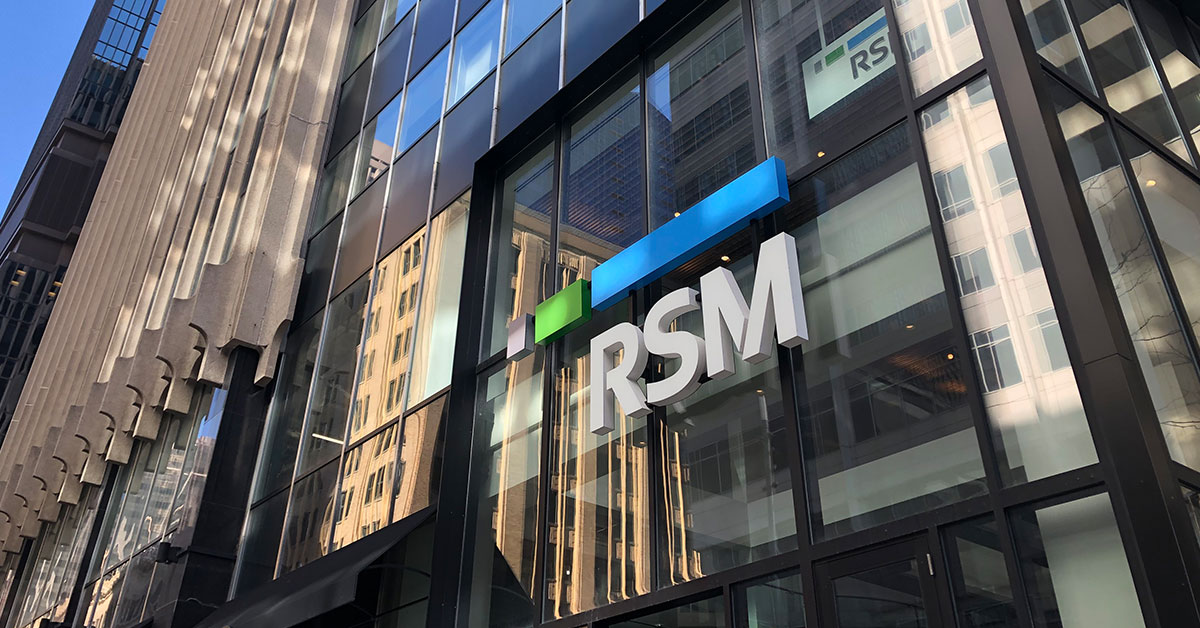Turn on the television, pick up a newspaper or visit the Internet and you will be inundated with messages about brand products.
Tide is a brand. Pepsi is a brand. Nike is a brand.
And so are you – or at least you should be.
Personal branding has gotten a lot more buzz in recent times and has become an important tool for everyone who wants to improve their career or business opportunities. I’m a big believer and have been touting the need for personal branding for several years. In fact, it’s the essence of my book, Celebritize Yourself.
If you open a dictionary, the word “brand” is defined as a type of product manufactured by a particular company under a particular name. These days you need to be that product.
When you think about it, though, personal branding is not new. It’s just that more people have the means to do it today and, fortunately, the Internet has provided us with numerous ways to create and maintain a personal brand.
But many entertainers and athletes thrived at it long ago. While I don’t want to date myself, many of us remember the song “Happy Trails” from our childhood. Roy Rogers was the movie and TV cowboy who made this song popular and whose name and image appeared on toy holsters, lunch boxes, comic books, puzzles, coloring books and other merchandise in the 1940s and 1950s.
Roy is a great example of someone who was ahead of his time with personal branding although he stumbled into it unintentionally. The story goes, he wanted a raise from his movie studio, but the boss balked. Bummed out by the response, Roy asked for what he considered a consolation prize – all rights to his name and likeness.
As it turned out, that was no consolation prize. Roy soon figured out that he – not the studio – was the big winner in the negotiations. Any raise would have been paltry next to the money he raked in from Roy Rogers brand merchandise.
Here’s an additional lesson about personal branding that Roy Rogers provides us. When I asked my employees if they knew of him, Roy’s name drew puzzled expressions from most of the younger staff.
Even the best personal branding, you see, doesn’t last forever. It has to be nurtured continually. (Roy, of course, nurtured his brand his entire life, and it was only the passage of time after his death that caused it to fade, so we’ll give him a break.)
The rest of us get no break and the message is clear: Don’t rest on your laurels, or in your saddle, whichever is appropriate.
So what can you do to get your personal brand launched and keep it alive? Here are a few suggestions.
• Make sure your website represents you exactly the way you want to be seen. This is one of the best places to control your image. That could mean you want to be viewed as witty, intellectual or physically fit. It could mean you want the world to see you as an expert in a particular field. Maybe you want to convey an image of trust. Roy Rogers was the clean-cut hero wearing a smile and a cowboy hat. What’s your image?
• Maintain a strong social media presence. Twitter, Facebook, LinkedIn and other social media sites are invaluable tools for networking or getting your message out quickly under your personal brand. Also, make sure you have a unified message that weaves through your website, your social media sites and anything else you use to promote yourself. Design elements should be consistent from one platform to the next as well.
• Keep your presence alive in traditional media, too, making yourself available for interviews. Media appearances act as a third-party endorsement, casting you as an authority in your field. This also needs constant cultivation. If you were quoted in a newspaper article last year, then you’re last year’s news. Even worse, if your competitor is quoted in an article today, they’ve become more relevant than you and are winning the personal-branding war.
• Branding yourself is not a one-shot deal. One of the biggest misconceptions about branding is that people expect to do one or two things to promote themselves and then figure they are done. Nothing could be further from the truth. Your branding effort never stops. It’s like trying to become physically fit. You don’t go to the gym for one week to get your dream body – nor would you expect that a good workout three years ago would leave you set for life. Your personal branding effort is the same way. It’s ongoing.
The bottom line is that creating a personal brand is one of the keys to success in today’s world. By branding yourself – making sure the world knows who you are and the expertise you have to offer – you not only set yourself apart from your competitors but you also open the door to new opportunities.
————–
Marsha Friedman is a public relations expert with 25 years’ experience developing publicity strategies for celebrities, corporations and media newcomers alike. Using the proprietary system she created as founder and CEO of EMSI Public Relations (www.emsincorporated.com), an award-winning national agency, she secures thousands of top-tier media placements annually for her clients. The former senior vice president for marketing at the American Economic Council, Marsha is a sought-after advisor on PR issues and strategies. She shares her knowledge in her Amazon best-selling book, Celebritize Yourself, and as a popular speaker at organizations around the country.
Thanks for reading CPA Practice Advisor!
Subscribe Already registered? Log In
Need more information? Read the FAQs
Tags: Marketing, Small Business




